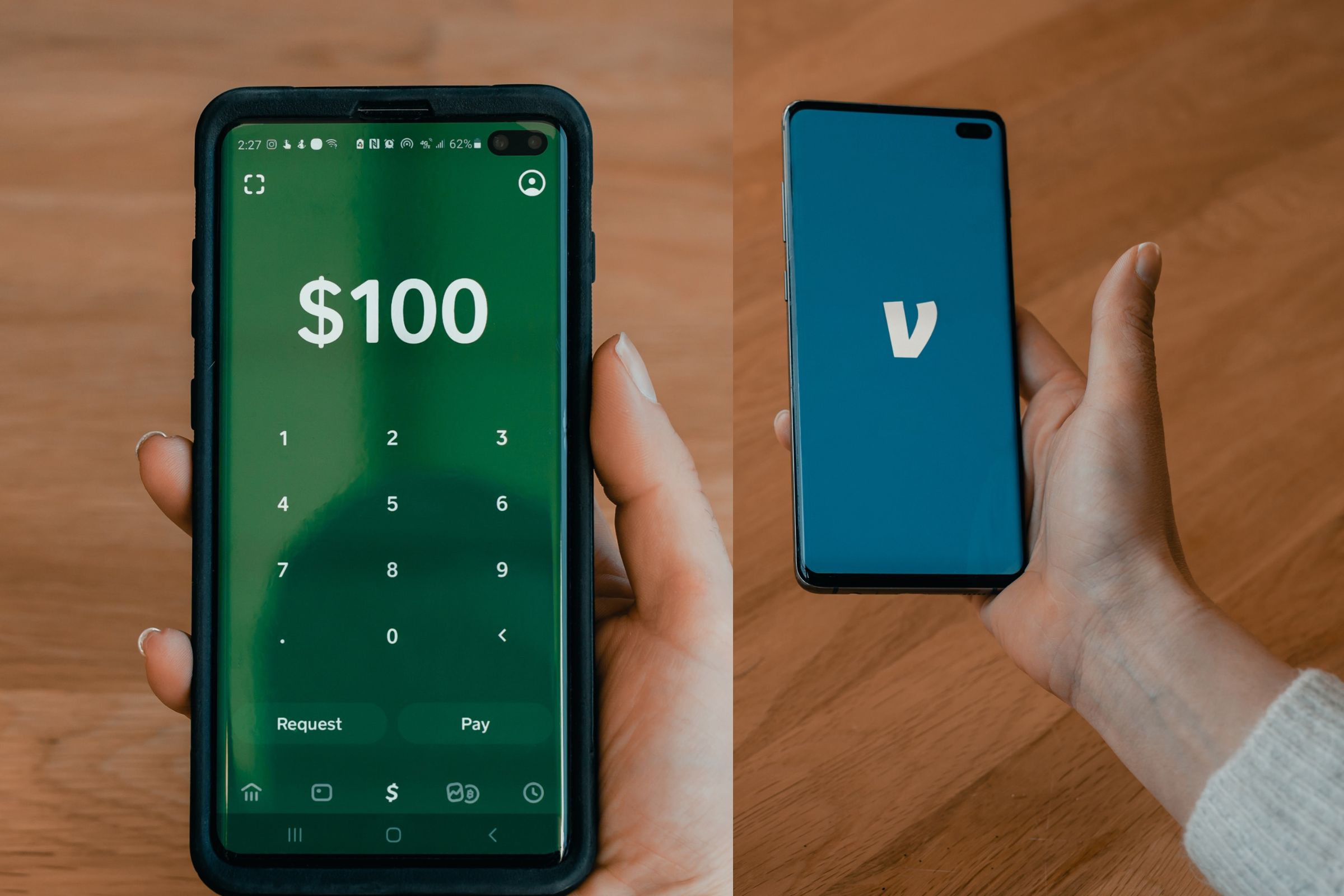Introduction
In recent years, mobile applications have revolutionized the way we manage our finances and interact with others. Among the plethora of financial apps available, Venmo has emerged as a prominent player in the peer-to-peer (P2P) payments market. Created in 2009, Venmo provides a seamless platform for users to send and receive money effortlessly, transforming the way we handle financial transactions and fostering a unique social aspect to the process. This essay explores the history, features, and impact of the Venmo app on modern-day financial interactions.
The Rise of Venmo
Venmo’s inception traces back to two college roommates, Andrew Kortina and Iqram Magdon-Ismail, who saw the potential for a user-friendly P2P payments system. After its launch in 2009, Venmo quickly gained traction, targeting millennials and young adults who sought an easier way to split bills, pay friends, and reimburse shared expenses. In 2012, the company was acquired by Braintree, which later became a part of PayPal Holdings Inc., further solidifying Venmo’s position in the market.
How Venmo Works
Venmo operates on a simple premise – it allows users to connect their bank accounts, debit cards, or credit cards to the app and transfer money to friends or family with ease. Users can send payments for various purposes, such as splitting a restaurant bill, paying rent, or even sharing the cost of a gift.
Read our More Articles about Online Earning
Additionally, Venmo facilitates payments to merchants, making it an attractive option for small businesses and individuals alike. Furthermore, the app’s social component enables users to view their friends’ transactions, add comments, and “like” or “comment” on payments, transforming mundane financial exchanges into a more interactive and entertaining experience.
Impact on Social Dynamics
Venmo’s most distinctive feature is its incorporation of a social feed, which lists users’ transactions and accompanying comments or emojis. This social aspect adds an element of fun and engagement to the app, making it more than just a financial tool. Users often use the platform to share experiences, celebrate friendships, or even craft witty payment descriptions. While this social feed has been celebrated for its entertainment value, some argue that it may inadvertently reveal personal spending habits and create an environment of peer pressure.
Cultural and Economic Implications
Venmo’s popularity has had significant cultural and economic implications. From a cultural standpoint, Venmo has influenced language, giving rise to the term “Venmo me,” which is now synonymous with requesting payment. Additionally, the social feed has become a digital representation of everyday social interactions, fostering a sense of community within the app.
Economically, Venmo has contributed to the growth of the digital payments industry, spurring competition among financial technology companies to create innovative and user-friendly payment platforms. Moreover, the app has accelerated the adoption of cashless transactions, further diminishing the need for physical currency.
Security and Privacy
The security aspect of any financial app, including Venmo, is of utmost importance to protect users’ personal and financial information. Here are some key security features and practices that Venmo employs to ensure a safe and secure platform for its users:
Encryption
Venmo uses industry-standard encryption protocols to protect users’ data during transmission. This means that any data exchanged between the app and its servers is encoded in a way that makes it difficult for unauthorized individuals to access or interpret the information.
Two-Factor Authentication (2FA)
To add an extra layer of security during the login process, Venmo offers two-factor authentication. When users log in from a new device or location, they may receive a verification code via SMS or through a third-party authentication app. This ensures that even if someone gains access to the user’s password, they still need an additional code to log in.
Biometric Authentication
Venmo supports biometric authentication methods like fingerprint recognition or facial recognition on compatible devices. Biometric logins provide a convenient and secure way to access the app, as they rely on unique physical traits that are difficult to replicate.
Device Authorization
Venmo allows users to view and manage the devices that are authorized to access their accounts. This feature lets users revoke access from unrecognized devices, reducing the risk of unauthorized access.
Tokenization
Venmo uses tokenization to protect sensitive payment information. When a user adds a credit card or bank account to their Venmo account, the app generates a unique token. This token replaces the actual card or account details in the app’s storage, reducing the risk of data exposure in case of a security breach.
Privacy Settings
Venmo allows users to set the privacy level of their transactions. By default, transactions are public and appear in the social feed. However, users have the option to make their transactions private, meaning they won’t be visible to others in the feed.
Transaction Verification
For certain high-risk transactions or when account changes are made, Venmo may require additional verification steps to ensure the account’s security. This may include email confirmation or temporary transaction holds until the user’s identity is confirmed.
Security Education
Venmo emphasizes user education on security best practices. The app encourages users to create strong and unique passwords, avoid sharing sensitive information with others, and stay vigilant against phishing attempts.
Dedicated Security Team
Venmo maintains a team of security experts dedicated to monitoring and responding to potential security threats. They continuously work to identify and address vulnerabilities to keep the platform safe.
Compliance with Industry Standards
Venmo complies with relevant industry standards and regulations related to data security and privacy, such as the Payment Card Industry Data Security Standard (PCI DSS).
While Venmo takes significant measures to ensure security, users also play a crucial role in safeguarding their accounts. It is essential to use strong passwords, enable 2FA, regularly review transactions, and promptly report any suspicious activity to Venmo’s support team.
Remember, no system can be entirely immune to risks, and users should always remain vigilant and cautious when handling financial transactions online.


